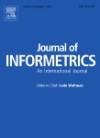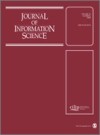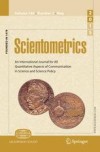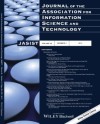Moed H.F., Colledge L., Reedijk J., Moya-Anegón F., Guerrero-Bote V., Plume A. & Amin M. (2012) Citation-based metrics are appropriate tools in journal assessment provided that they are accurate and used in an informed way. Scientometrics 92(2): 367-376
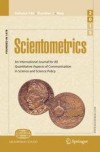
Abstract. In a reply to Jerome K. Vanclay’s manuscript “Impact Factor: outdated artefact or stepping-stone to journal certification?” we discuss the value of journal metrics for the assessment of scientific-scholarly journals from a general bibliometric perspective, and from the point of view of creators of new journal metrics, journal editors and publishers. We conclude that citation-based indicators of journal performance are appropriate tools in journal assessment provided that they are accurate, and used with care and competence.






